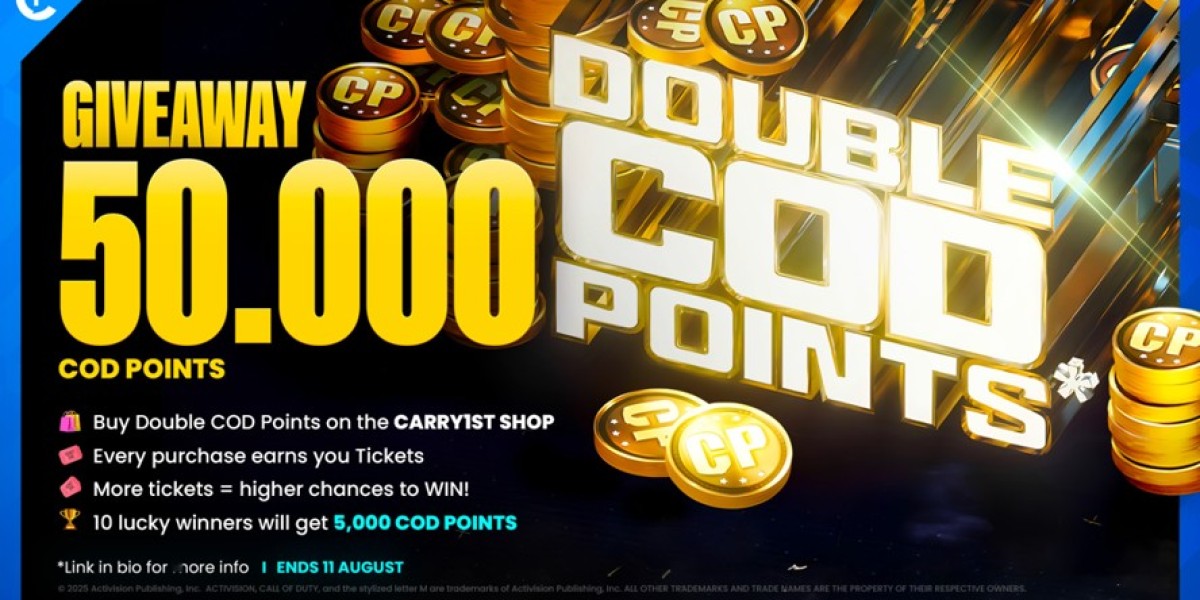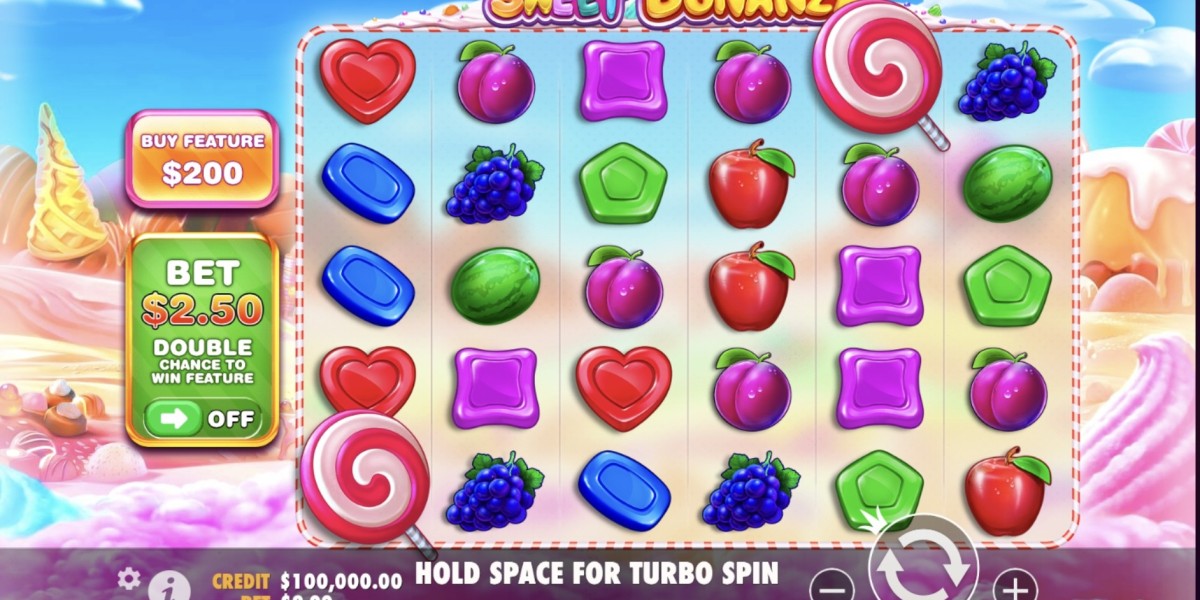Monopoly GO's engaging dice-roll system exemplifies this trend—a perfect blend of chance and strategy that keeps players invested. At MMOWOW, a leading gaming optimization platform, we've analyzed and integrated these mechanics into our framework to enhance player progression. This article explores how Monopoly GO's dice systems influence game design and how mmowow leverages them to create smarter, more rewarding experiences.
The Psychology Behind Monopoly GO’s Dice Mechanics
Dice have always been central to board games, introducing controlled randomness that balances skill and luck. Monopoly GO modernizes this concept by:
Resource-Gated Progression – Dice rolls are limited, encouraging strategic planning rather than mindless tapping.
Risk vs. Reward Multipliers – Players can amplify outcomes (and losses), adding a gambling-like thrill.
Event Synergy – Limited-time events tie dice rolls to exclusive rewards, creating urgency.
These systems tap into core player motivations: the joy of risk-taking, the satisfaction of strategic mastery, and the fear of missing out (FOMO). For MMOWOW, this presented an opportunity—how could we adapt these principles to improve our gaming tools?
MMOWOW’s Framework: From Observation to Optimization
1. Data-Driven Dice Allocation
Monopoly GO limits free dice, pushing players to log in frequently or pay. MMOWOW counters this by:
Tracking regeneration timers to maximize free rolls.
Identifying optimal spending thresholds (e.g., when to use x10 multipliers).
Alerting players to event windows where rolls yield the highest ROI.
2. Behavioral Nudges for Smarter Play
Humans are prone to impulsive decisions (like wasting rolls on low-value boards). MMOWOW’s tools mitigate this by:
Recommending "hot" property clusters to target.
Calculating odds of landing on key spaces (e.g., Railroad tiles).
Suggesting when to bank rolls for future events.
3. Monetization Without Exploitation
Monopoly GO monetizes impatience—players buy monopoly go dice to skip waits. MMOWOW reframes this by:
Comparing the value of in-game purchases vs. time saved.
Flagging overpriced bundles and highlighting better deals.
Offering non-paid pathways to progress (e.g., trade strategies).
Case Study: MMOWOW’s "Dice Advisor" in Action
During Monopoly GO’s "Treasure Hunt" event, players needed precise rolls to unlock rare stickers. MMOWOW’s system analyzed:
Board layouts (avoiding useless tiles).
Multiplier efficiency (using x20 only when >70% chance of hitting a reward).
Event timers (scheduling rolls during peak reward periods).
Result? Users following MMOWOW’s guidance completed the event 42% faster than average players, with 30% fewer wasted rolls.
The Future: Adaptive Game Design
MMOWOW’s integration of Monopoly GO mechanics is just the start. Emerging trends include:
AI-Powered Predictions – Forecasting dice outcomes based on historical data.
Cross-Game Synergies – Applying similar frameworks to other luck-based games (e.g., Coin Master).
Player-Centric Monetization – Helping users spend smarter, not more.
Conclusion: Player Empowerment Through Design
Monopoly GO’s success lies in its addictive yet balanced dice systems. By reverse-engineering these mechanics, MMOWOW transforms them into tools that reduce frustration, maximize efficiency, and put players in control. As mobile gaming evolves, so too will MMOWOW’s frameworks—always with one goal: making games more rewarding, not more ruthless.








